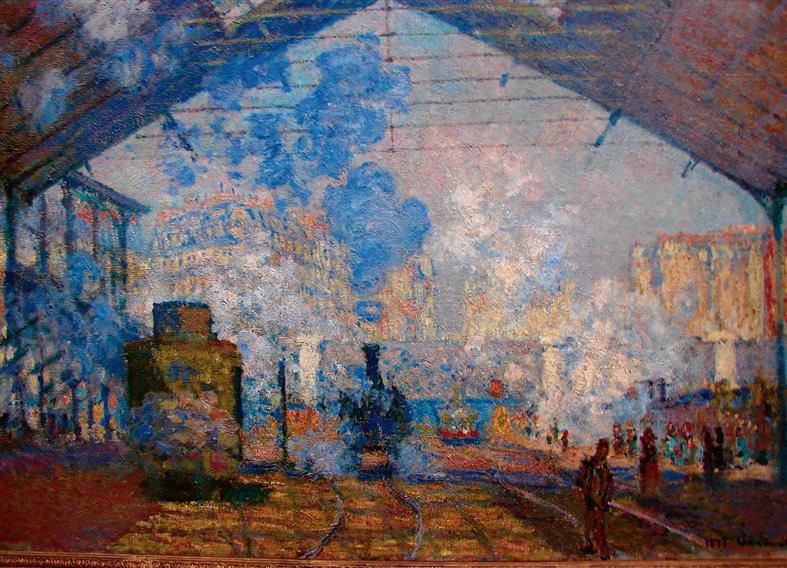
La Gare Saint-Lazare | Claude Monet | 1877 - Photos by the writer
Rajnish Wattas
I SAW my first Impressionist painting in original nearly two decades ago. I can never forget the brilliance of its bold colours, in thick slabs of contrasting hues, to capture the ever-changing effects of light with the brush. It was ‘On the Bank of the Seine, Bennecourt’ by Claude Monet, displayed at the Art Institute of Chicago. Monet was painting his own inner experience of the fleeting visual effects or impressions that changed moment to moment.
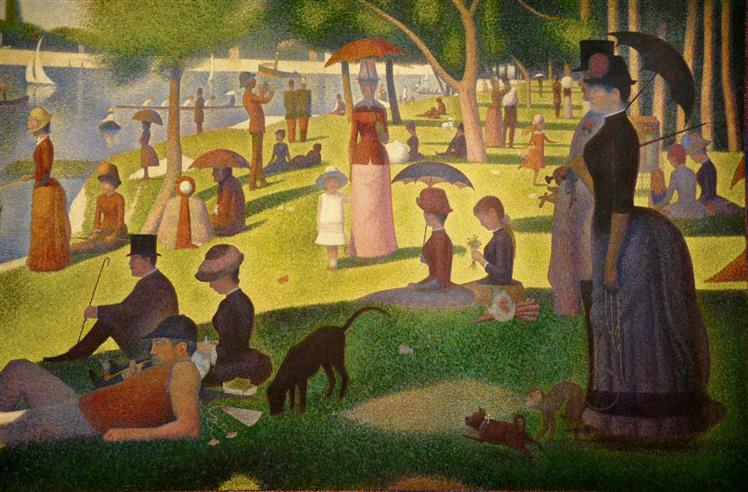
In an adjoining room was displayed ‘The Bedroom’ by Vincent van Gogh, packing into it all his hallmark nervous energy and turmoil, expressed through the sharply receding unconventional perspective of the yellow bed. These were indeed paintings with a difference than the usual Renaissance, Baroque or Neo-classical works of gravitas, with brooding dark backgrounds and well finished lines — usually depicting historical themes, myths, legends or allegories.
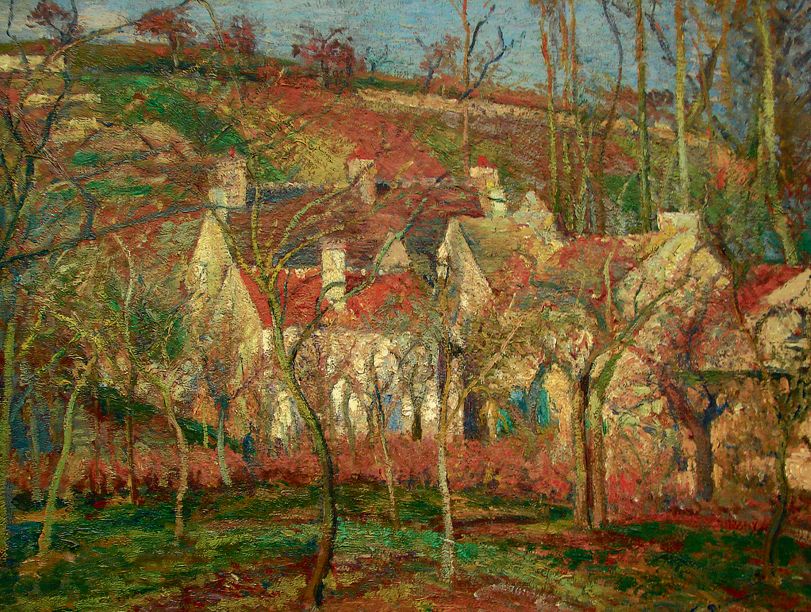
Ever since, my fascination for Impressionist and the closely related Post-Impressionist works has only grown. This spring, Impressionism as an art movement completes 150 years of its first-ever exhibition held on April 15, 1874, in Paris. Musée d’Orsay in Paris, the museum that has the largest collection of Impressionist works, will hold a special commemorative exhibition titled ‘Paris 1874: Inventing Impressionism’ from March 26 to July this year.
The great Impressionist retrospective will unfold the artistic movement that emerged in a rapidly changing world. In parallel, the museum will also offer an immersive virtual reality experience, ‘An Evening with Impressionists’, simulating the opening evening of the 1874 exhibition.
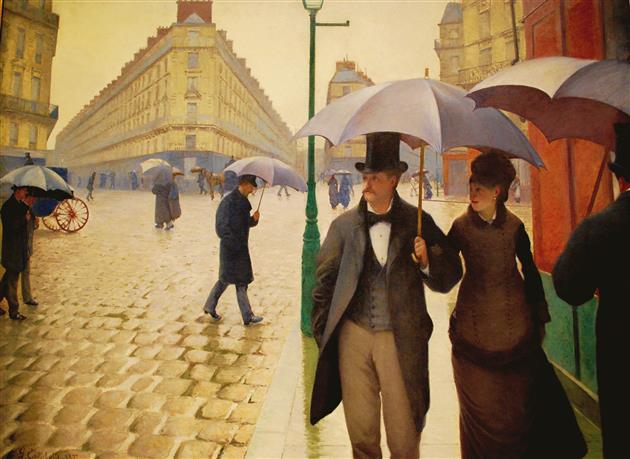
Besides Musée d’Orsay, many other major museums across the world, including the Art Institute of Chicago, Worcester Art Museum, Tokyo Metropolitan Art Museum, Dallas Museum of Art, Courtauld Gallery in London and the Metropolitan Museum of Art, New York, will hold anniversary exhibitions throughout the year.
What exactly happened in Paris in that spring of 1874 that makes it a turning point in the evolution of western art? A small group of Parisian artists rebelled against the stranglehold of the official French art establishment, Académie des Beaux-Arts, and its annual salon. Prominent artists like Monet, Camille Pissarro, Alfred Sisley and Edgar Degas, among others, united to cast off the strict rules of academic-style painting that still encouraged formulistic western Renaissance and classical Greek art.
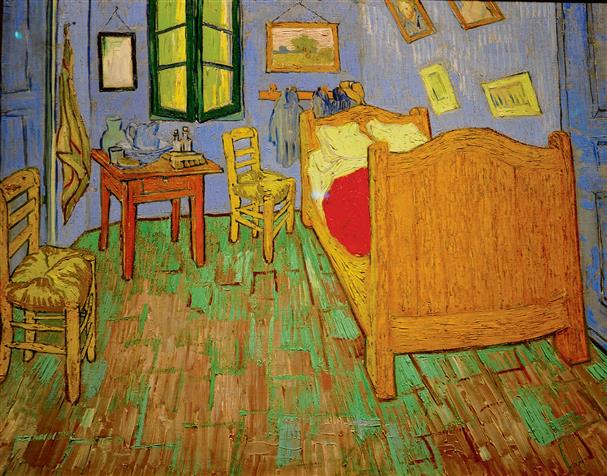
They opted out of the annual salon and instead held their own independent inaugural show called ‘Exhibition of the Société Anonyme Coopérative des Artistes Peintres, Sculpteurs, Graveurs (Cooperative and anonymous association of painters, sculptors and engravers)’. It showcased works of 30 artists, and is considered the formal start to the movement.
Impressionism derives its name from the title of a Claude Monet painting, ‘Impression, soleil levant (Impression, Sunrise, 1872)’. Displayed in the rebel exhibition, it provoked critic Louis Leroy to write a satirical review in the Parisian newspaper Le Charivari and title his article, ‘The Exhibition of the Impressionists’. Leroy mocked Monet’s painting: “A preliminary drawing for a wallpaper pattern is more finished than this seascape.”
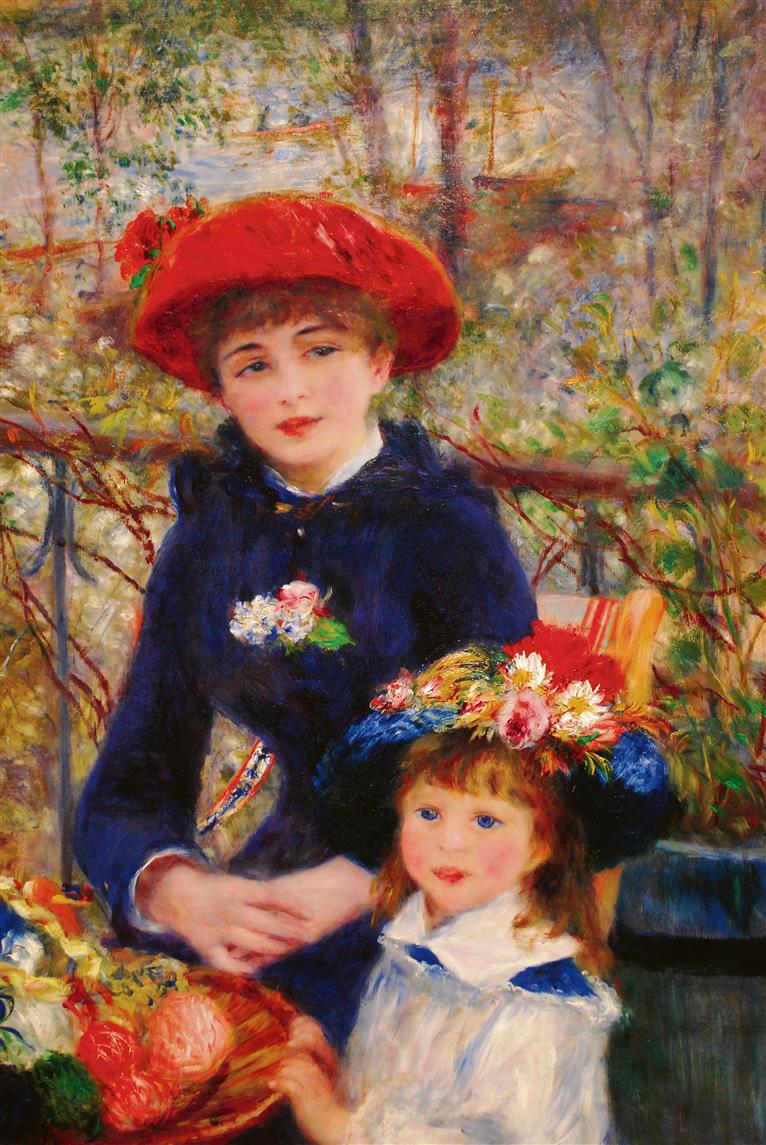
Notwithstanding such caustic early resistance, it gradually began to garner public acceptance and appreciation. I still remember seeing ‘Impression, Sunrise’ decades ago in an art book and got inspired enough to myself paint a copy, dazzled by the brilliance of sunrise reflected in the waters of the Le Havre dockyard. The reflection depicted in just a few bold brushstrokes was very unusual and I especially went to watch sunrise at Chandigarh’s Sukhna Lake’s shimmering waters and observe it carefully. The rising sun’s ‘orb of orange’ reflections did indeed dance upon the lake’s heaving waters, appearing like broken slabs of light.
Impressionism was characterised by small visible brushstrokes that captured fleeting impressions of form in bold colour and the changing natural light. “The artists used luminous colours, full of atmosphere, the brushwork consisting merely of brief strokes and dabs,” described Ingo F Walther, an art historian. It was more important to capture the overall impression of their subject than paying particular attention to the fine details. Rather than be confined to a studio, many Impressionists preferred to paint en plein air (outdoors) in the countryside outside of Paris. This approach required artists to work quickly, but allowed them to capture the fleeting impressions of light.
With the invention of synthetic pigments in portable tubes, it was easier to paint outdoors. The paints themselves were brighter than those used in previous eras. Also, with the advent of railways, it was easier to travel to the outskirts of Paris, that had scenic sites along rivers and forests.
In the early 1860s, four young painters — Claude Monet, Pierre-Auguste Renoir, Alfred Sisley and Frederic Sisley — met while studying under the academic artist Charles Gleyre in Paris. They shared an interest in painting landscapes and contemporary life, rather than historical or mythological scenes. Just as they painted pastoral scenes of corn fields, peasants at work, landscapes, river scenes with boats (Monet even had a floating boat studio) — city vignettes like life in cafes, night clubs, restaurants, operas and nightscapes with animated revelry also enthused them.
The cultural pulse of 19th-century Paris, teeming with writers, artists and thinkers, revolved around their favourite cafes or bookshops where they regularly met for long discussions. It was the bohemian Parisian life evoked vividly in books like ‘Sentimental Education’ by Gustave Flaubert and ‘A Moveable Feast’ by Ernest Hemingway.
A favourite meeting place for artists like Camille Pissarro, Paul Cezanne, Edgar Degas, Claude Monet, Pierre-Auguste Renoir and Alfred Sisley was Cafe Guerbois, where animated discussions took place, often led by Edouard Manet, famous for his early work, ‘Music in the Tuileries Gardens’. The painting followed famous poet Charles Baudelaire’s words, “Make us understand, with brush or with pencil, how great and poetic we are in our cravats and our leather boots.” Manet took up the challenge in the innovative painting of fashionable Parisians gathered for a concert in the garden.
By 1870, the dense-walled Paris had been razed and rebuilt by Baron Haussmann as a modern metropolis of majestic boulevards, lined with cafes, restaurants and theatres. The wide boulevards inspired painter Gustave Caillebotte’s ‘Paris Street; Rainy Day’ (1877), marking isolation of individuals, amid large urban spaces and buildings. Monet, too, painted a boulevard with his ‘The Rue Montorgueil in Paris’ (1878), lined with flags on a festive day. Interestingly, Le Corbusier, the Paris-based Swiss-French architect-planner of Chandigarh, had been a student of art in his hometown Le Chaux-de-Fonds. His early water colour paintings of Jura mountains show a deep influence of landscape painters; and later in 1911 of Impressionists, visible through his travel sketches and paintings of Rome, Pisa, Venice, Istanbul and Athens, compiled as ‘Voyage d’Orient’.
Monet was so fascinated by railways — the most robust symbol of modernity — that he did a series of paintings of the train station Gare Saint-Lazare in Paris, capturing the haze of steam locomotives engulfed in clouds of steam billowing out from them. He also did a series of the architectural skyline of London’s Westminster seen along the Thames river at different times of the day to catch the changing light.
Monet, when he grew old, developed his own garden at his house in Giverny along the Seine river and made a series of paintings catching the changing light on the water lilies in the pond. These are some of his most prized paintings, fetching astronomical prices and great attention from viewers.
Defying social taboos, some women like Mary Cassatt and Berthe Morisot found success and were often referred to as ‘women Impressionists’. Their enthusiastic participation in Impressionist exhibitions was noteworthy.
The Impressionism movement made an enduring impact on architecture, music and literature too. It also became a launch pad for further evolution in the realm of painting called Post-Impressionism, where artists concentrated on symbolic, personal meanings rather than observations of the outside world.
Great works of Georges Seurat with his technique of Pointillism and of Vincent van Gogh’s search for personal expression, often through rugged brushstrokes and dark tones, became legendary. His nocturnal ‘Starry Night’ series has acquired such global popularity that an immersive virtual reality show based on it, after taking America and Europe by storm, is currently travelling through Indian metropolitan cities to packed halls. Did Impressionism influence Indian modern painting? Ishita Sahni, an art critic, thinks so, citing works of early 20th century Indian painters like Jehangir Sabavala and Amrita Sher-Gil, among others, who worked most often in oils, creating landscapes, seascapes and cityscapes that have a mystique which is typical of Impressionism.
Impressionist painting has remained the most fascinating genre of modern art — a revolutionary movement that set the course for our ways of seeing the world in new light.
Join Whatsapp Channel of The Tribune for latest updates.



























